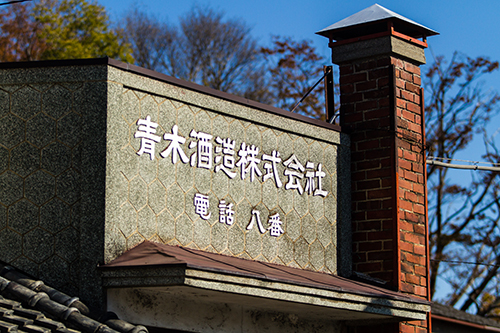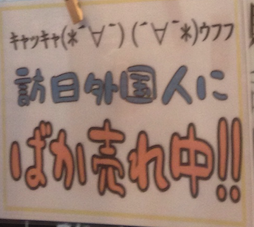A Culture of Symbols
Let's start with a quiz. Japanese shop owners often display a statue of a tanuki (raccoon dog), such as this one:

Why do you think they choose a tanuki, of all animals? Here are your choices:
a. A tanuki is cute, and cuteness will attract customers.
b. If a tanuki crosses your path, you'll have good luck.
c. The Japanese associate tanukis with business success.
d. Shopkeepers want only brave customers. Those who fear tanukis will never close a deal.
I'll block the answer with the preview of the newest essay:

Here's the answer:
c. The Japanese associate tanukis with business success. More specifically, たぬき sounds enough like 他を抜く (たをぬく: to get ahead of others) that it seems worth it to display a tanuki, just in case!
Essay 1398 has a bit to do with superstition, noting for instance that real estate agents typically take Wednesdays (水曜日) off because the 水 is close to 流れる (ながれる: lit. “to flow”; fig. “to be given up; be canceled”), and no one wants contracts with customers to be canceled!
The essay also explains that superstition is so prevalent that if the Japanese spot a tea stalk (茶柱, ちゃばしら: tea stalk) floating upright in a cup of tea, they perceive that as a good omen. If the thong of a geta (下駄, げた: wooden clog) or zori (草履, ぞうり: sandal) breaks, that’s seen as portending something undesirable, such as death or an accident. And if you sneeze, it’s neither fortuitous nor ominous but means that someone is talking about you.
If you want to understand Japanese culture through and through, kanji aren't the only symbols to know. I've come across this concept in several ways lately.
This week I posted Radical Note 113 on the "showing" radical, 示 and 礻. That piece includes a photo with several fascinating features:

Photo Credit: Samuel
The part relevant to the Radical Note is in the top line at the end, and you can read about that at the link above. As for the lower line, here are the words:
電話 (でんわ: phone)
八番 (はちばん: number 8)
The ultra-short phone number confused me, especially given that it didn't match one of normal length on the company website. Even my proofreader was initially flummoxed.
Then he found 八番 on other companies' signs and realized that they must date back to a time when few people had phones and when numbers could therefore be short. People loved the phone number 八 because it was considered an auspicious symbol for a prosperous future.
This kanji broadens at its base, which is the "end," which can be represented with 末, which means not only "end" but also "future." So a broad base on your phone number bodes well for future business success! Who knew there was so much going on with 八?
I found more surprises in this image from the forthcoming essay 1744 on 賓 (guest, visitor):

Scads of books about making speeches have titles almost identical to the one shown here, but I chose this cover because I liked the guy at the microphone. I thought he appeared to be hallucinating and seeing yellow diamonds, and I figured it could be the side effect of some performance-anxiety drug!
No, it turns out that diamonds such as these are a manga symbol that means "shining" or "glittering." When used for a person (usually around the face), the symbol conveys something positive about the person, such as physical beauty, a magnificent appearance, or a job well done (which is obviously applicable here, as the guy on the cover isn't much to look at).
If diamonds aren't exactly intuitive to non-Japanese, the next string of symbols is positively mystifying:
キャッキャ(*´∀`) (´∀`*)ウフフ
My proofreader spotted this in a shop's sign about how popular their anti-Trump T-shirt is proving among foreigners:

That first line is all one big emoticon depicting two people having fun! Here's the line again, color-coded for a closer analysis:
キャッキャ(*´∀`) (´∀`*)ウフフ
yellow: laughing voices
blue: one person smiling, facing right
green: the other person smiling, facing left
After my proofreader explained all this to me, I told him, "I'm struck (not for the first time) by how incredibly complex your emoticons are. I don't know how you all figure out what they mean. It's like a whole new set of kanji! How DO you learn to decode them?"
He said, "Well, we can decode the emoticons because ... because we can!"
Hmph!
He then shared with me a site with mind-blowingly complex emoticons, a type the Japanese refer to as AA, short for "ASCII Art." (Unless you have a certain font installed, the art on the site won't look right.) Kanji look pretty simple by contrast, don't they?!
*****
Did you like this post? Share the love! It's easy:


Comments